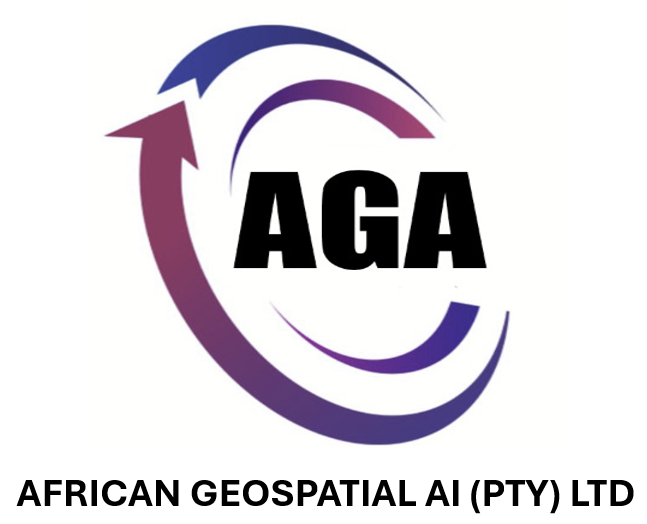Urbanisation services

AGA (PTY) LTD offers select urbanization services aimed to improve the infrastructure, living conditions, and sustainability of cities while managing the challenges that come with rapid urbanization, such as population growth, resource management, and environmental impact. Here are some key urbanization services:
- Urban Planning & Design
- Master Planning: The creation of long-term strategies for urban development, which includes zoning, land use planning, transportation systems, and infrastructure development.
- Site Design & Development: Detailed planning and design of individual sites within cities, ensuring they align with urban growth goals and environmental sustainability.
- Land Use Planning: Organizing and managing how land is used in a city (e.g., residential, commercial, industrial) to balance growth with quality of life.
- Infrastructure Development
- Transportation Networks: Developing roadways, highways, mass transit systems, and bike lanes to ensure smooth movement of people and goods.
- Water & Sanitation Services: Building and maintaining systems for the supply of clean water, sewage systems, and wastewater treatment to ensure public health.
- Power & Energy Supply: Infrastructure related to electricity generation, distribution, and renewable energy integration.
- Telecommunications: Expanding and improving telecommunication networks (e.g., internet, mobile) to support digital connectivity.
- Housing & Real Estate Development
- Affordable Housing Projects: Developing residential areas that cater to low- and middle-income residents, ensuring that cities remain inclusive and equitable.
- Urban Redevelopment: Revitalizing and repurposing old or underused urban areas (such as industrial zones or historic districts) for residential, commercial, or mixed-use purposes.
- Mixed-Use Development: Creating developments that combine residential, commercial, and recreational spaces to reduce the need for long commutes and foster vibrant communities.
- Environmental Sustainability & Green Urbanization
- Green Building Design: Promoting sustainable architecture and construction practices, such as energy-efficient buildings, solar-powered structures, and the use of eco-friendly materials.
- Urban Green Spaces: Developing parks, gardens, and recreational areas to improve air quality, promote biodiversity, and provide residents with places for relaxation and physical activity.
- Waste Management & Recycling: Managing waste collection, recycling programs, and reducing the environmental impact of urban waste through efficient systems.
- Urban Agriculture: Implementing community gardens, vertical farming, and rooftop gardens to promote local food production within cities.
- Smart Cities Technology
- IoT & Data Analytics: Implementing smart technologies to improve city management, such as sensors for monitoring traffic, air quality, water usage, and waste management.
- Smart Infrastructure: Integrating technology into urban infrastructure, such as smart lighting, smart grids, and automated traffic management systems.
- E-Government & Digital Services: Providing online platforms for residents to access government services, pay bills, and interact with city officials.
- Public Services & Community Development
- Health Services: Building and managing healthcare facilities, such as hospitals, clinics, and public health programs, to support the well-being of urban populations.
- Education Infrastructure: Developing schools, colleges, and vocational training centers to provide educational opportunities for urban residents.
- Social Housing & Support Services: Ensuring that vulnerable populations (e.g., low-income families, the elderly, and the homeless) have access to essential housing and community support services.
- Safety & Security
- Emergency Services & Disaster Management: Planning for and providing systems for emergency response, disaster preparedness, and recovery (e.g., fire stations, hospitals, evacuation plans).
- Urban Policing & Surveillance: Ensuring public safety through law enforcement, surveillance systems, and neighborhood patrols.
- Crime Prevention & Urban Safety Initiatives: Implementing community policing, public awareness programs, and street lighting systems to improve safety in urban areas.
- Transportation & Mobility Services
- Public Transit Systems: Developing and managing mass transit options such as buses, trains, subways, and light rail systems to reduce traffic congestion and carbon emissions.
- Bike-sharing & Car-sharing: Offering alternative mobility solutions like bike-sharing programs and car-sharing networks to reduce reliance on personal vehicles.
- Electric Vehicle (EV) Infrastructure: Installing EV charging stations and encouraging the adoption of electric vehicles in urban areas to promote sustainable transportation.
- Public Participation & Engagement
- Community Consultation: Engaging local residents, businesses, and stakeholders in urban planning decisions to ensure their needs and preferences are considered.
- Urban Policy Advocacy: Supporting and implementing policies that promote equitable, sustainable, and inclusive urban growth.
